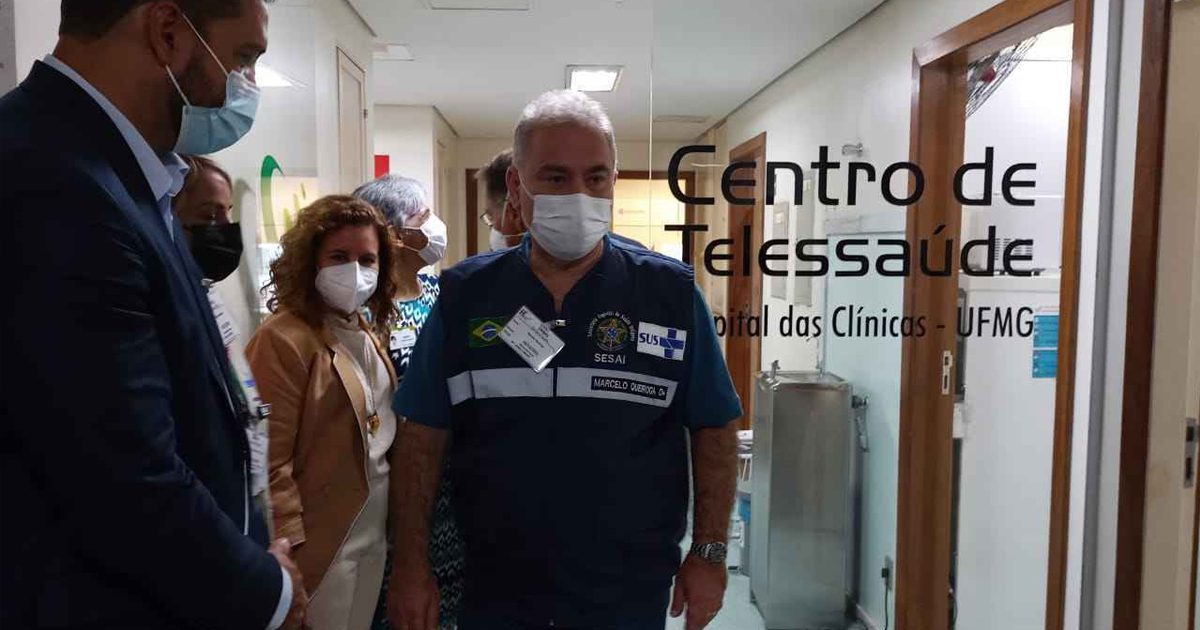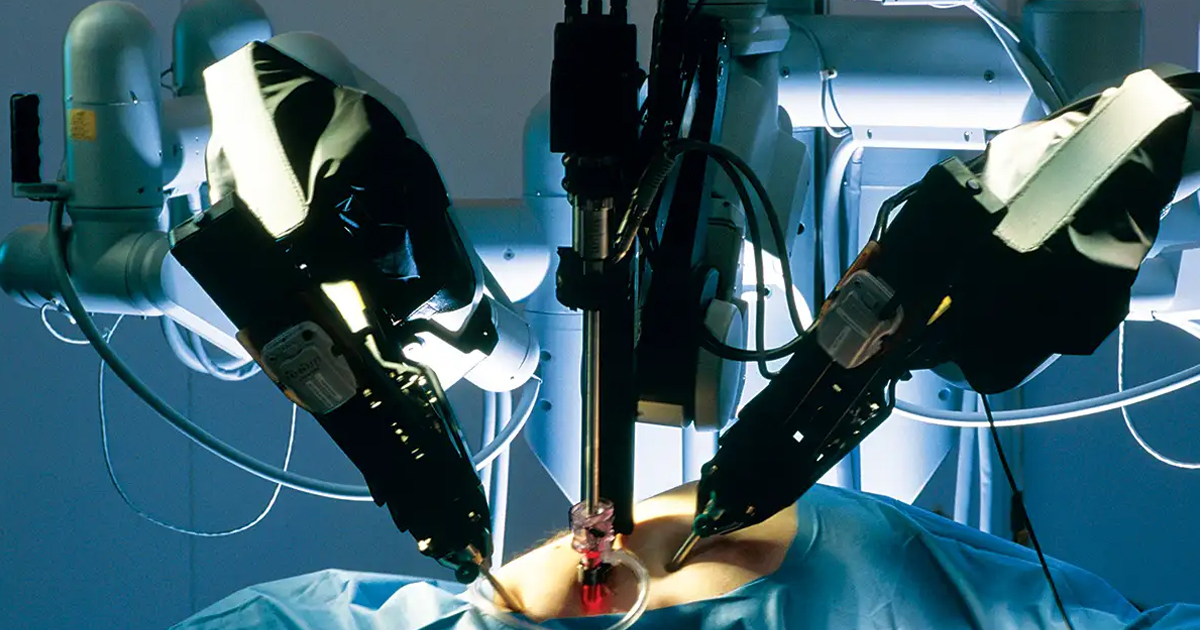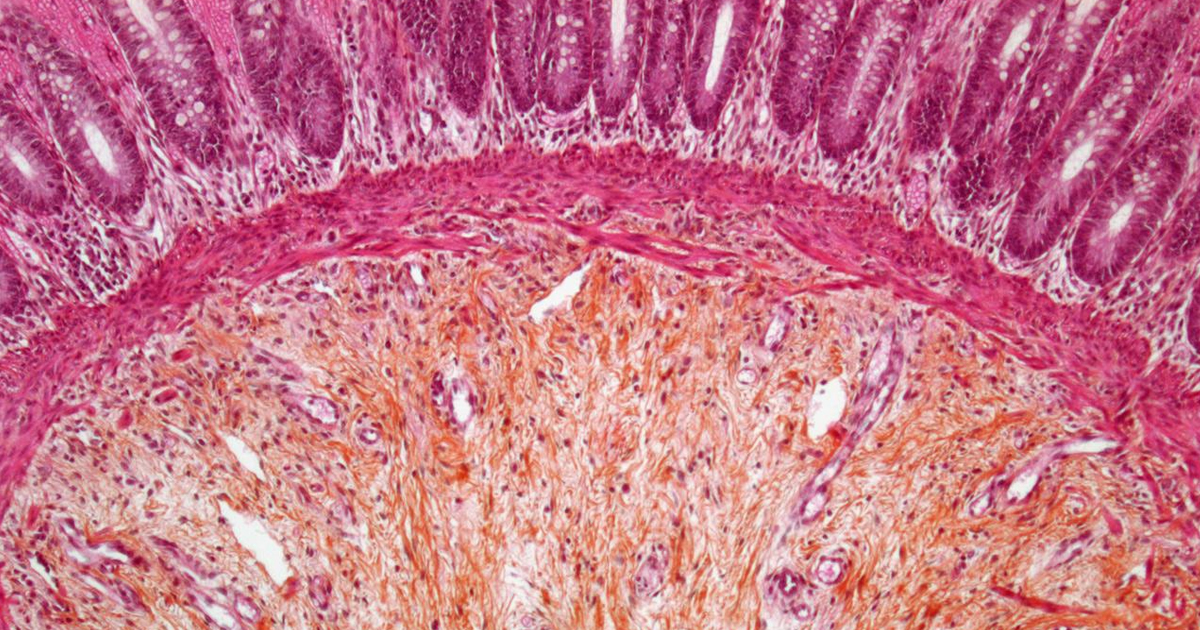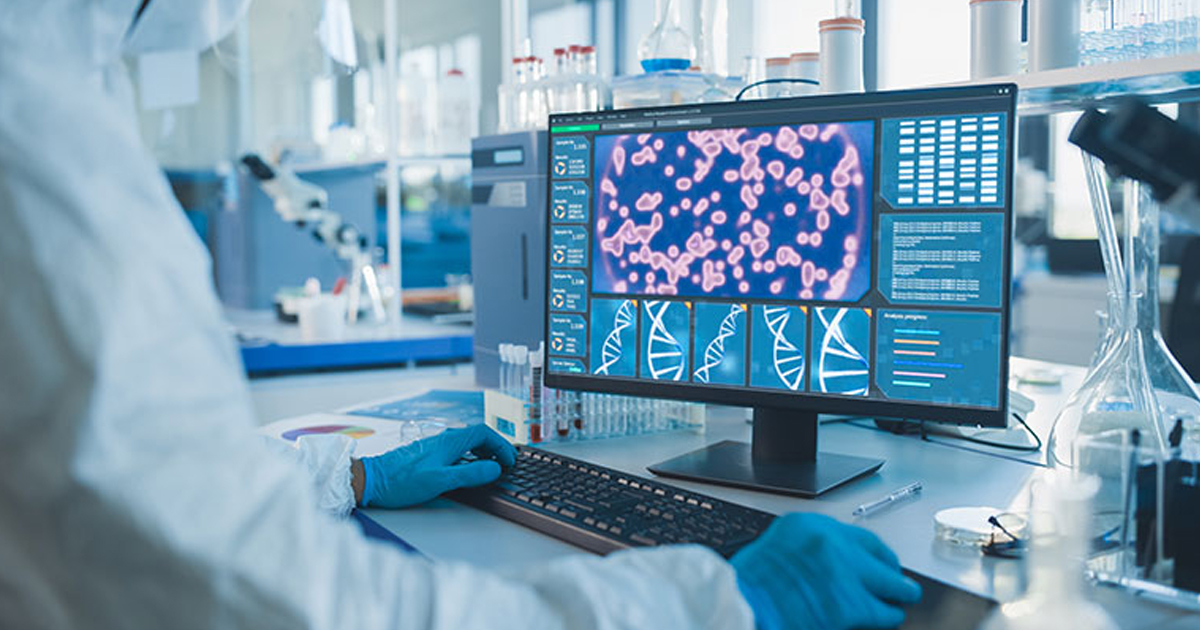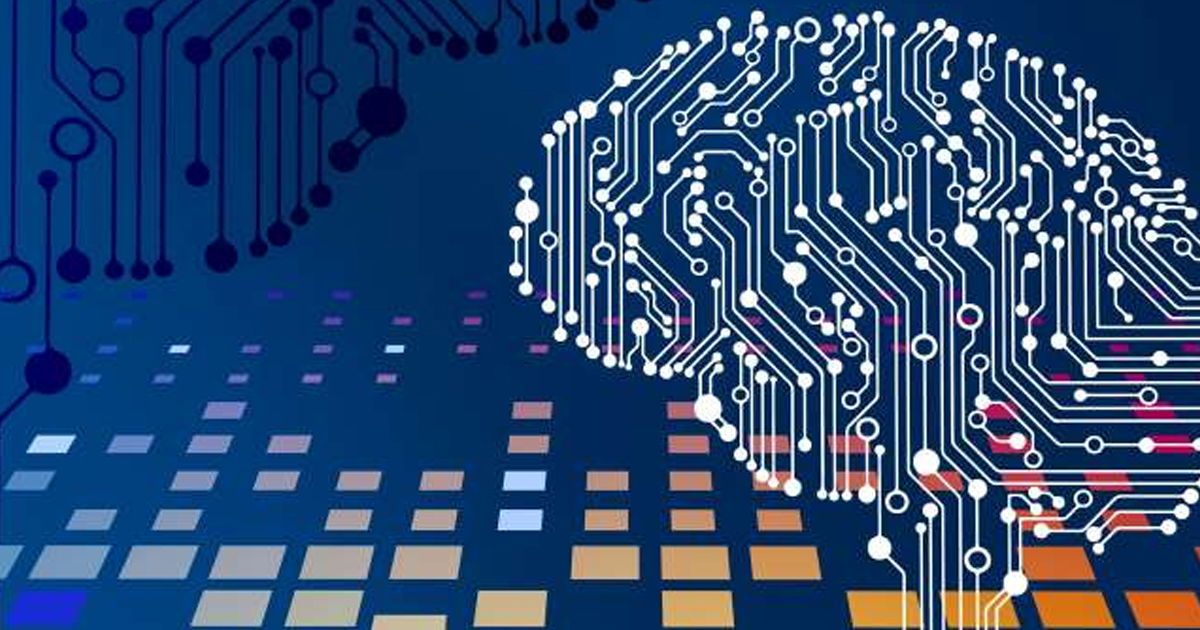Científicos de la Universidad de Copenhague han desarrollado un método que utiliza inteligencia artificial para identificar las bacterias que se encuentran dentro y fuera del cuerpo humano.
La comunidad científica ha investigado desde hace tiempo, si existe relación entre las bacterias intestinales y la aparición de enfermedades físicas como diabetes o sobrepeso. Sin embargo, la gran cantidad de especies de bacterias existentes dificulta la investigación. Ante eso investigadores de la Universidad de Copenhague, desarrollaron una técnica basada en Inteligencia artificial (AI), para el análisis de bacterias.
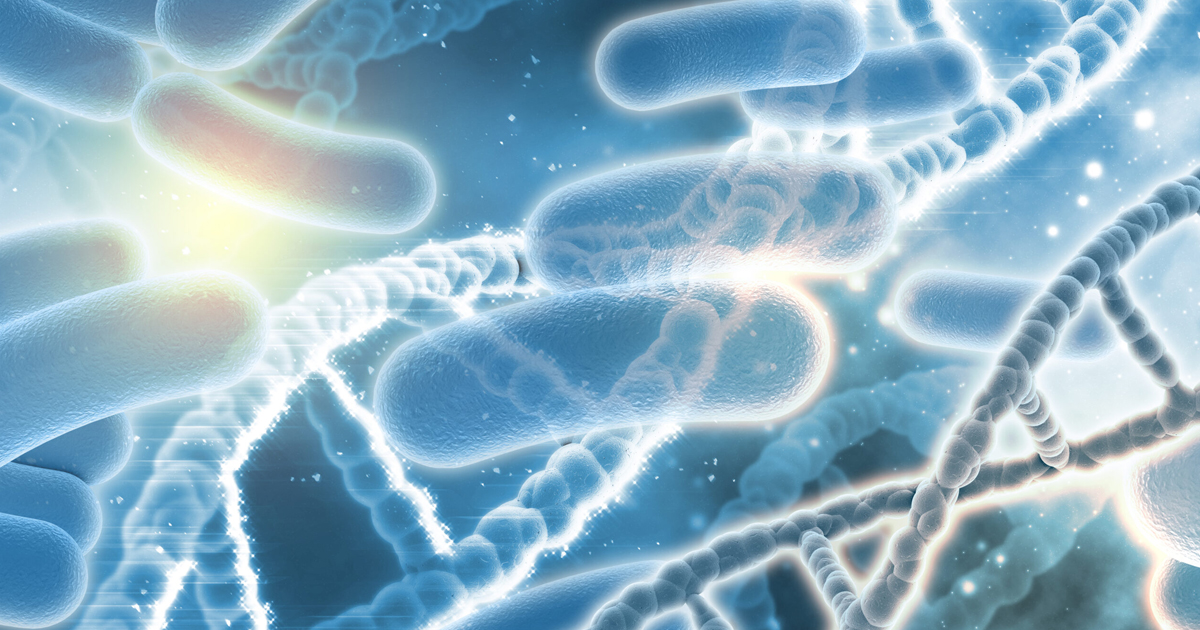
“En los últimos años hemos descubierto que las bacterias tienen un gran impacto en el organismo. Se están realizando muchas investigaciones en este campo, pero todavía no hemos identificado todas las bacterias que se encuentran en el cuerpo humano. El conocimiento de las bacterias es vital si queremos comprender lo que está sucediendo. Ahí es donde nuestra técnica puede marcar la diferencia”, explicó Simon Rasmussen, investigador y profesor de la Universidad de Copenhague coautor de una investigación publicada en Nature Biotechnology.
Rammusen y su equipo reconocen la importancia de las heces para comprender y estudiar de mejor manera las bacterias que pasan por los intestinos. Por eso desarrollaron un algorithm of AI, que completa las cadenas de ADN de las bacterias de las heces. “Un gramo de heces contiene alrededor de mil millones de bacterias de 500-1000 tipos diferentes. Si somos capaces de reconstruir su ADN, nos dará una idea de los tipos de bacterias con las que nos enfrentamos, de lo que son capaces y de lo que realmente hacen. No es la imagen completa, pero es un gran paso adelante. Y nuestro algorithm está disponible para otros investigadores y es de uso gratuito”, explica.
Sin embargo, el algorithm también contempla análisis de otras sustancias u objetos, por ejemplo, para la detección de microorganismos en superficies. “El algorithm no solo se puede utilizar para estudiar bacterias. También puede usarlo para analizar datos de salud, por ejemplo. Diga que está trabajando para aumentar nuestro conocimiento sobre enfermedades específicas. Para ayudarnos a hacerlo, podemos recopilar una cantidad de información sobre el grupo de pacientes, como el conocimiento de su genética, composición de proteínas, sustancias en la sangre y datos de registros electrónicos. Luego, nuestra inteligencia artificial puede analizar estos conjuntos de datos muy diferentes e identificar patrones y conexiones. Tiene un gran potencial”, explica el científico.
En el siguiente enlace puede encontrar el estudio completo en la revista científica Nature: https://www.nature.com/articles/s41587-020-00777-4


